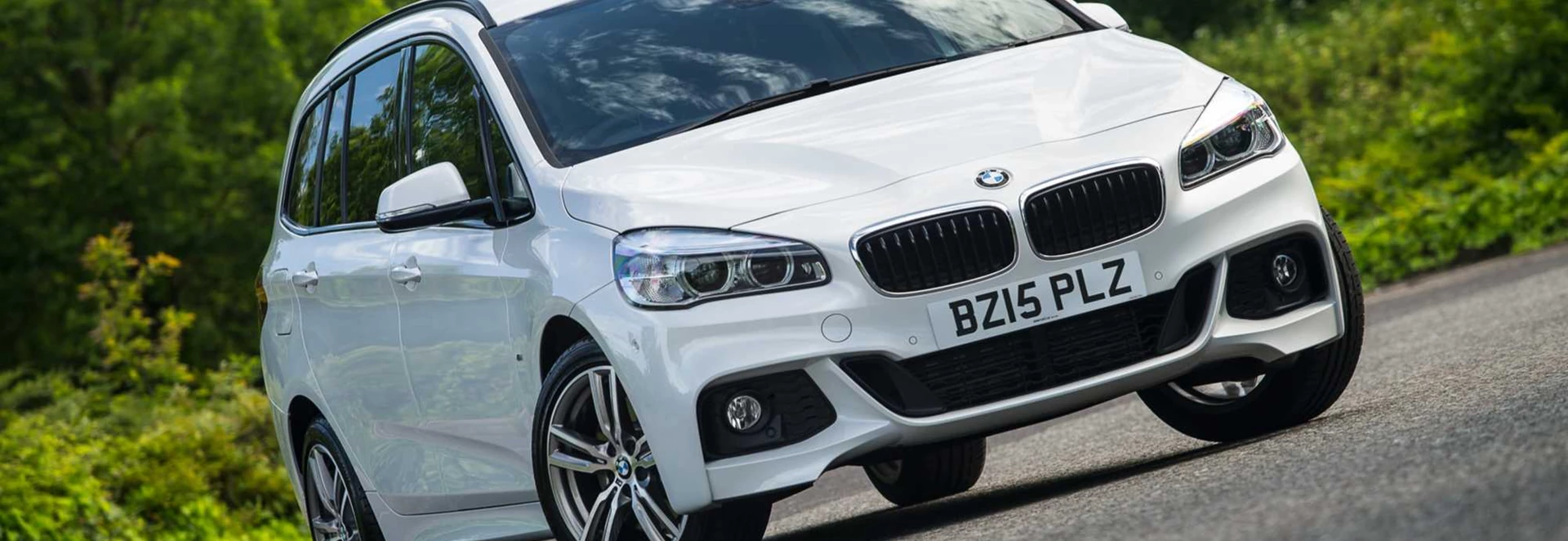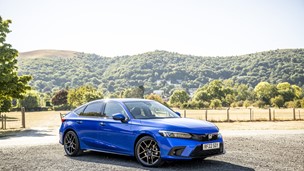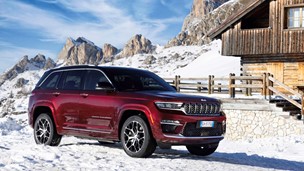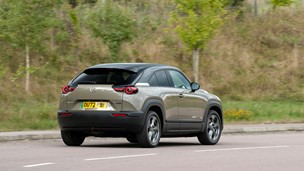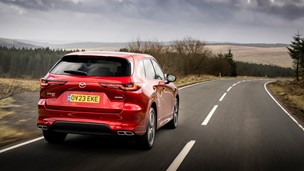When you think of a BMW, you might imagine a sporty coupe or a luxury saloon, but probably not a front-wheel drive family MPV. Well, prepare to have your preconceptions challenged, because the German manufacturer of premium motor cars is fed up of seeing its customers leave the fold when their families outgrow its sportier models.
With the five-seat 2 Series Active Tourer already selling very nicely, it’s joined by the 2 Series Gran Tourer, with more passenger space and an all-important seven-seat layout.
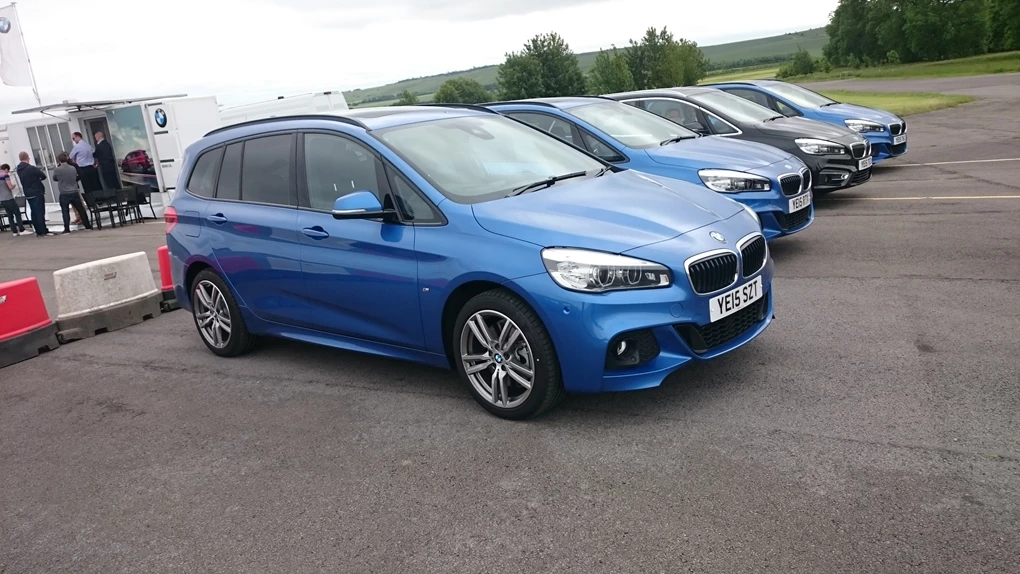
Performance
Choose petrol and there’s a choice of a 218i or 220i with 134bhp or 190bhp respectively. But, the majority of sales will come from the diesel line-up, with a 216d, 218d and 220d xDrive serving customers with 114bhp, 148bhp and 187bhp. In the case of the range-topper, xDrive also signifies four-wheel drive and this model also comes with an automatic gearbox as standard, where as it’s optional across most of the range.
We tried the 116d first, which looks sluggish on paper, with a 11.4 second 0-62mph acceleration time. But, out on the road, the willing nature of the 1.5-litre three-cylinder engine means it can keep up with traffic easily. In fact, BMW has done such a good job of refining this engine and you find yourself using its revs without worrying about it creating a racket in the cabin.
The 220d xDrive doesn’t feel like a rocketship in comparison, but dig deeper into its 400NM of torque and it does have much more serious performance, allowing it to hit 62mph from rest in 7.8 seconds. Acceleration out of junctions is fuss-free too, thanks to excellent four-wheel drive traction, which should make the Gran Tourer confidence inspiring in poor weather conditions.
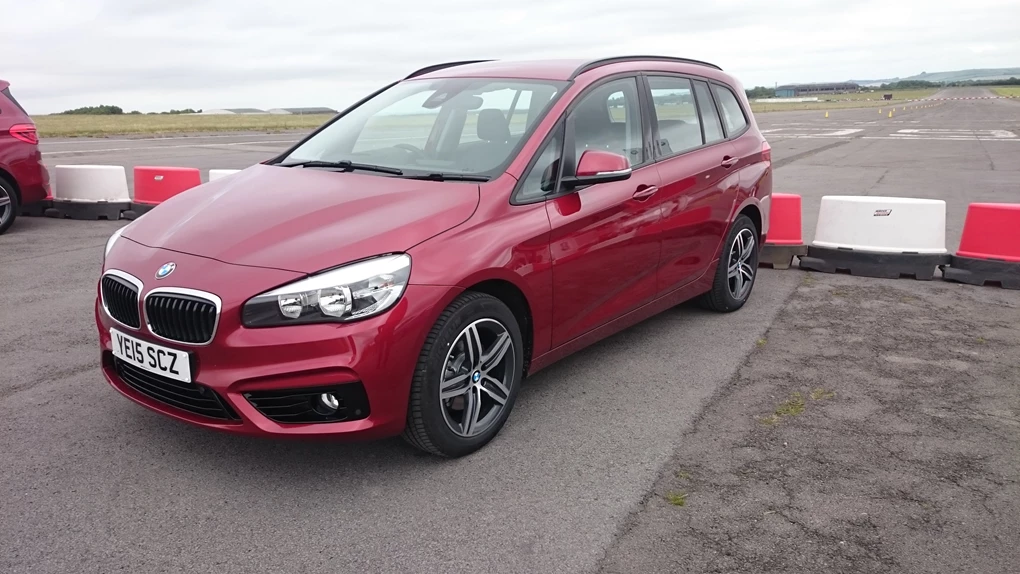
Ride and Handling
The steering is sharp, and while the nose happily digs into corners, the rear wheels also feel involved in the process.
It’s a funny feeling sitting in a BMW MPV for the first time. All the design queues we’re familiar, but the short bonnet, huge windscreen and high seating position shout MPV. BMW has gone to huge efforts to make sure the way this 2 Series drives doesn’t fly in the face of the reputation it has built up over half-a-century. The steering is sharp, and while the nose happily digs into corners, the rear wheels also feel involved in the process; a sure sign the Gran Tourer has good balance. Ford might have had the best-driving MPVs for a decade in the S-MAX and C-MAX range, but it might have lost this boast now. We were given an airfield with various cone slaloms and gates to drive through at speeds which seemed hilariously ambitious, but the Gran Tourer shrugged off emergency lane changes at 50mph with disdain and handled chicanes like a saloon car. On the road, the suspension is able to absorb bumps well, but becomes increasingly firm if you choose larger alloy wheels or the M Sport trim level, which has stiffer suspension.
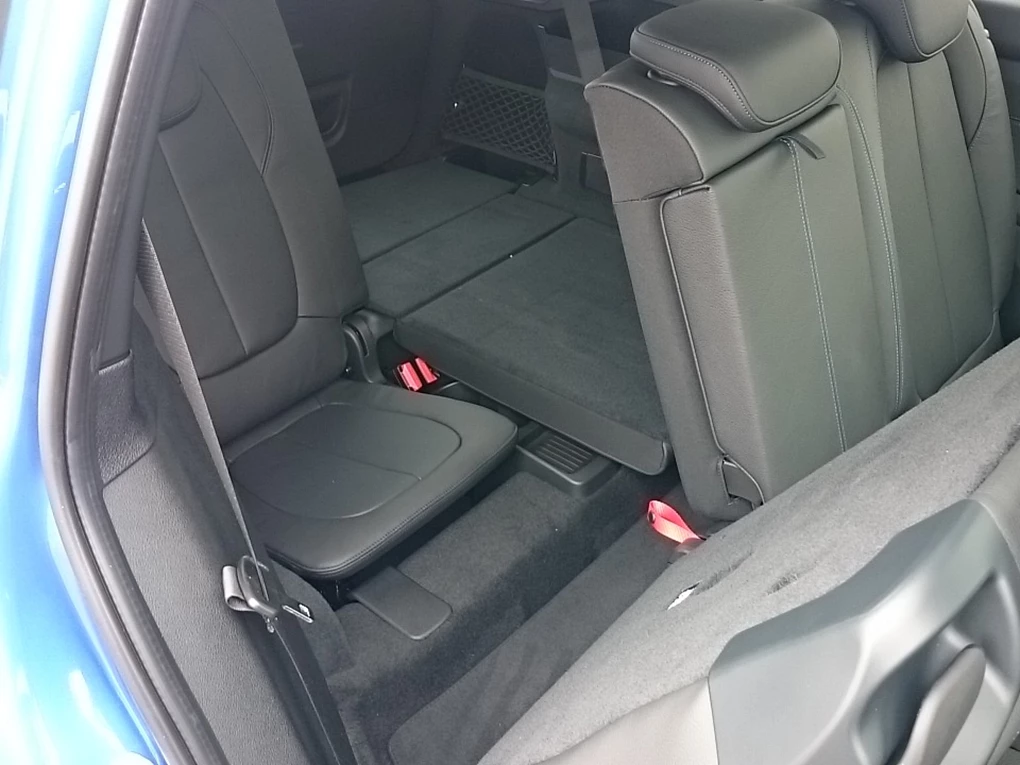
Interior and Equipment
The basic underpinnings of the first BMW MPV and its engines are shared with the latest MINI models
An engine mounted sideways (not the BMW norm), means the bonnet is stubbier and far more of the cabin is dedicated to passenger space. The result is middle-row legroom on a par with a 7 Series luxury saloon and two pop-up seats in the boot. The second row can accommodate three child seats, slide and recline to improve passenger or boot space, and there are picnic tables like you’ll find in an airliner. The boot can be extended from 560 to 1,820 litres, a sizable increase over the 468 litres found in the Active Tourer. The Ford S-MAX is even bigger though, with around 2,000 litres with all the rear seats folded down. Being the only car in its class with a premium badge, you’d expect the BMW’s interior to be a step up in quality, and this is mostly the case. We love the widescreen infotainment display, and its i-Drive controller – nestled between the front seats – is one of the easiest and safest to use on the move. Materials are of a high quality, and designers have clearly thought about the needs of occupants, with large door bins and neat features like an automatic tailgate.
Cost
The 216d Gran Tourer is unsurprisingly the most economical, managing 64.2mpg.
Given its size and badge, the starting price of £24,710 for the 218i Gran Tourer looks like good value. This compares with £24,545 for the Ford S-MAX Zetec 1.5-litre EcoBoost, while upgrading to the BMW 220i Gran Tourer costs around £28k. The range-topping 220d xDrive model retails from £32,540. Beware the options list though, as the price can quickly increase thanks to expensive extras. With fuel economy of 44.8mpg, the 220i is probably best avoided, but the 53.3mpg of the 218i is respectable if you really want the refinement of a petrol. The 216d Gran Tourer is unsurprisingly the most economical, managing 64.2mpg and just 108g/km of CO2.
Our Verdict
Depending on your views of BMW, the fact the manufacturer’s first MPV (Active Tourer aside) is so good will either be impressive, or not a surprise at all. For those BMW baby boomers looking for a larger vehicle, the Gran Tourer should answer all their prayers. For everyone else, the Gran Tourer introduces a slice of premium motoring into the MPV class, while also offering excellent handling and performance. It also proves BMW can turn its engineering prowess to practicality as easily as setting Nurburgring lap times.
